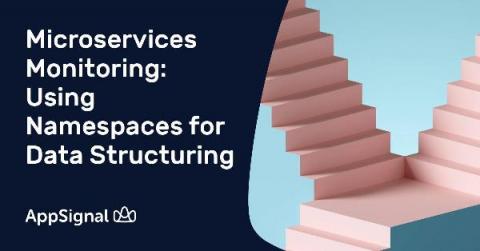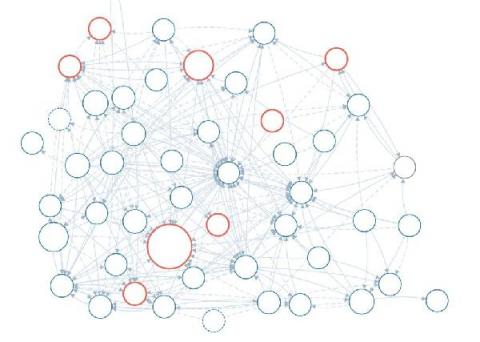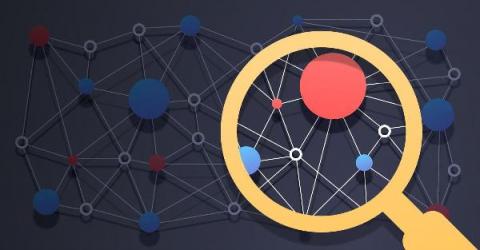Three Transformations Powering App Modernization
The pandemic has accelerated digital business initiatives. Ultimately, it’s the application that delivers new capabilities to customers and employees; but transformation occurs at several layers to support those applications. At VMware, we see our customers navigating three transformations, each of which supports digital business and app modernization at different levels.











